The kitchen is the first room in your home that will go under scrutiny when you are getting tired of your interior decor. With good reasons, the kitchen can accumulate signs of wear and tear faster than any other room. Ultimately, it serves multiple purposes throughout the day:
- A breakfast room in the morning
- A meeting room for a snack or a cup of coffee
- A cooking center for around dinner time
- A dining room
- An improvised home office or study
- A grocery storage point
- A health ally holding medications for long-term treatment and healthy nutritional adds-on
There is so much going on in the kitchen! It’s easy to see how clutter and dirt can accumulate in no time. Besides, as appliances are used by the whole family every day, they are prone to develop faults. So, of course, when the kitchen starts to feel tired and unpleasant, you may consider a kitchen remodel job. Yet, the average remodel project can cost over $25,000. Major renovations can hit around $70,000, and upscaled remodels can leave you up to $130,000 poorer. In other words, budget can be the main issue when it comes to improving your kitchen.
Yet, there’s a lot you can do without breaking the bank. More often than not, small changes can go a long way in reviving the room and injecting new comfort and functions. Unsure how to get started or what to know? Check out these smart tips to transform your kitchen on a shoestring budget.
#1. Paint over the old furniture
In-built cabinets are a fantastic feature as they’ve been specifically designed to fit your kitchen. Unfortunately, many homeowners struggle with their cabinet decor.
Indeed, if you bought a property with existing kitchen equipment, chances are your cabinets have seen countless generations of hands, cooks, and dirty fingerprints. As a result, they can feel grubby even after a good wash. They look shabby and affect the whole perception of the room.
Yet changing them can be a challenge. You need to ensure you can get made-to-measure models that will fit your kitchen. The bottom line: it’s expensive and time-consuming. While it can make sense to replace damaged cabinets, when they are perfectly functional, the most cost-effective option is to paint them. Once you’ve cleaned and sanded the surface, you can start the process of painting them. Remember to add a sealant coat at the end to protect the surface. You could even paint your dining furniture to match- perhaps your traditional or Amish dining furniture no longer fits the more modern update of the kitchen? A coat of the same color paint, even just on the legs will tie it all together.
#2. Wall paint can transform the space
Adding color to the room can help your kitchen look polished without requiring any renovation work. Indeed, your kitchen walls struggle to stay clean. They are prone to stains through splashes when you cook or wash up your dishes. Additionally, steam and smoke from cooking can also affect their appearance, leaving a visible residue on the surface.
So, if you are going to repaint your kitchen walls, there are two things you need to keep in mind:
- Look for washable paint, so you can clean stains rapidly and easily without damaging the paint.
- Consider the main dirt agents and look for alternatives, such as changing your kitchen extractor for a more efficient model.
If you are looking for ideas that go beyond the traditional white and cream colors, the easiest way to revive the room is to inject a bold contrast that doesn’t overpower the decor. Interior designers recommend mixing blue and pale yellow for a coastal kitchen look and feel, for example. A large kitchen can feel modern and trendy with a midnight blue or navy coat of paint on the wall. Mediterranean decors can make a subtle statement with sunset hues, such as combining pale pink and burnt orange or ochre tones. The new take on a neutral design focuses on muted tones, such as light mint and greige as the new whites.
When it comes to approaching the painting process, you can choose between different techniques:
- Classic technique with colored walls and white ceiling.
- Leveled technique where you create a gradient in the room, such as painting only above and below the cabinet. You can paint the ceiling in the same color as the wall to make the room appear bigger.
- Accent technique where one wall becomes the focal point through a contrasting color choice.
- Multiple color technique, following any of the techniques mentioned above but with more than one color choice.
- Geometric pattern technique, where you create a pattern using masking tape and geometric shapes. This is best suited for an exposed wall with no cabinet or kitchen appliances blocking access.
In other words, the options are endless, so it’s worth experimenting before you take the brush. We recommend sampling paints and trying them in different areas of the kitchen, so you can see how they appear at different times of the day and night.
#3. Fix the plumbing
Did you know that the faucet is the item that is replaced the most frequently in a kitchen? While small in size, the faucet can distract from y our decor if it doesn’t match its surroundings. Unfortunately, when you need to look for a replacement, you can face some issues to find the right model for your interior:
- The model you own has long been discontinued, so your best bet is to buy a used faucet on a place like eBay and hope for the best if you wish the exact same model.
- The manufacturer has slightly adapted the model, and the new version doesn’t work in your kitchen anymore.
- You can find the right style, but the sizing is wrong.
- The right style and size faucet doesn’t have the same feature, such as the single mixer faucet will now need to become a double faucet.
- The price tag has changed for the type of design you need, which is too expensive.
Who would have thought that faucet replacement could be so difficult? Yet, more often than not, the faucet can be fixed. You can find professional services offering faucet repair, leaky faucet problems are often the result of limescale buildup or water pressure issues. In other words, you may not need to proceed with a replacement when your current problem can be tackled easily.
#4. Change your spice storage
Ah, spices! They’re in everything you cook, and they also end up literally everywhere in the kitchen. Ineffective spice storage has a tendency to take over the room. Unfortunately, spice organization can be tricky to master.
Some of the most common spice problems that can make your kitchen look unappealing and messy:
- Your spice collection has outgrown its storage place.
- You organized spice pots horizontally, directly on the countertop.
- You’ve invested in a spice holder unit, but it is too small for your collection of spices.
Simple organizational hacks can go a long way in making cooking fun and improving your kitchen look and feel. Where should you keep your spices? Free up the countertop by storing your spices on the back of the pantry door, using racks to keep them together. You can install a spice cabinet if you have an unused narrow space between your kitchen cabinets. It’s the perfect use of the awkward corner that’s hard to clean and maintain. Finally, one of the best hacks for enthusiastic cooks is to keep the spice rack on the wall. You can use narrow shelves to organize your spice jars and keep everything accessible.
Hopefully, these few ideas can help you reclaim your kitchen space without significant expenses. Creating an inviting, clean, functional, and stylish kitchen doesn’t have to break the bank. On the contrary, more often than not, little touches can go a long way!
Please note that some of the links above and below are affiliate links, and at no additional cost to you. All opinions are my own.


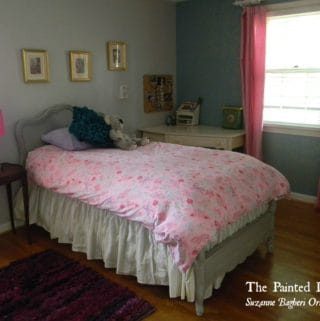
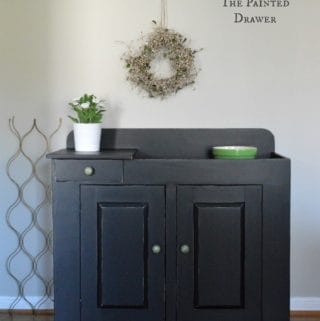
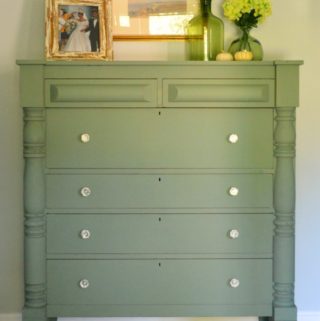
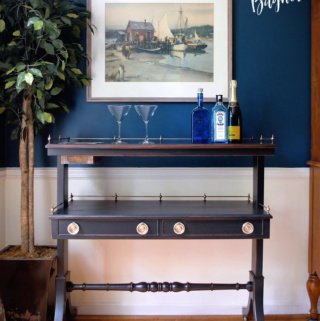

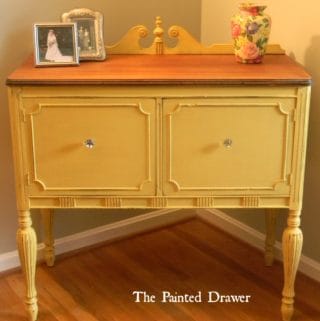
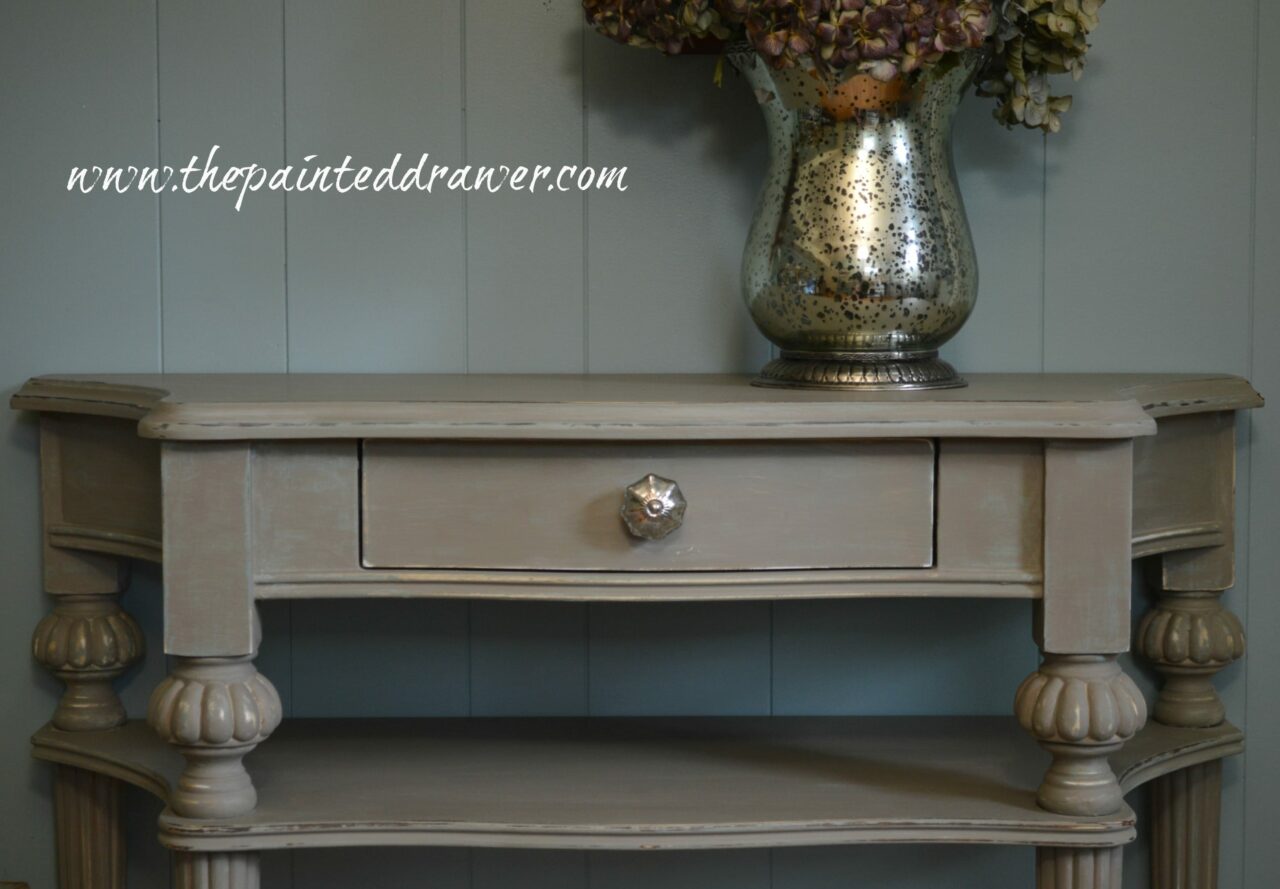
[…] Fuente del artículo […]